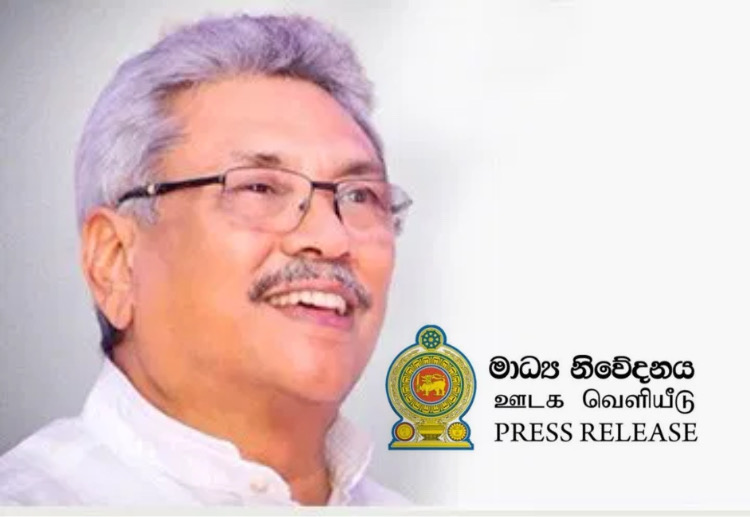The President, Prime Minister, and several ministers focused their attention on the reasons that compelled the government to increase the fuel prices. A statement issued by the Presidential Media Division said.
“One of the main reasons attributed, to the fuel price hike is the rapid price hike in the world market. At present, the price of a crude oil barrel has exceeded 70US$ and, it is likely to assume a steady increase in time to come.
Sri Lanka is depending on oil imports to produce electricity, to run certain industries, and various other matters, hence Sri Lanka has become a country that incurs a huge sum of foreign exchange on oil imports. In 2019 the Oil import bill has cost the country 3677 million US dollars while in 2020 this amount has somewhat, reduced and the cost incurred is calculated at 2325 million US dollars. This year the projected cost is calculated at 4000 million US dollars amidst a vehicle import ban is in force. The amount is exactly a third of the export earnings of the country, the statement said.
The Ceylon Petroleum Corporation (CPC) is a loss-making concern and is dependent on the financial facilities granted by the two-state banks. The CPC owes Rs 652 billion to the two banks. The Ceylon Electricity Board owes Rs 85 billion to the two-state banks to which the General Treasury has given guarantees. The interest incurred on the debts are also increasing at a rapid pace. Hence the only option is to reduce fuel consumption by introducing electrical vehicles as the mode of transport.
In the circumstances, the decision to increase the fuel prices is only one main aspect of a series of steps envisaged to strengthen the outlook of State banks and to increase the foreign exchange reserves and convert the domestic economy towards a more self-reliant economy rather than an economy relying and dependent on predominantly import oriented economy”.





